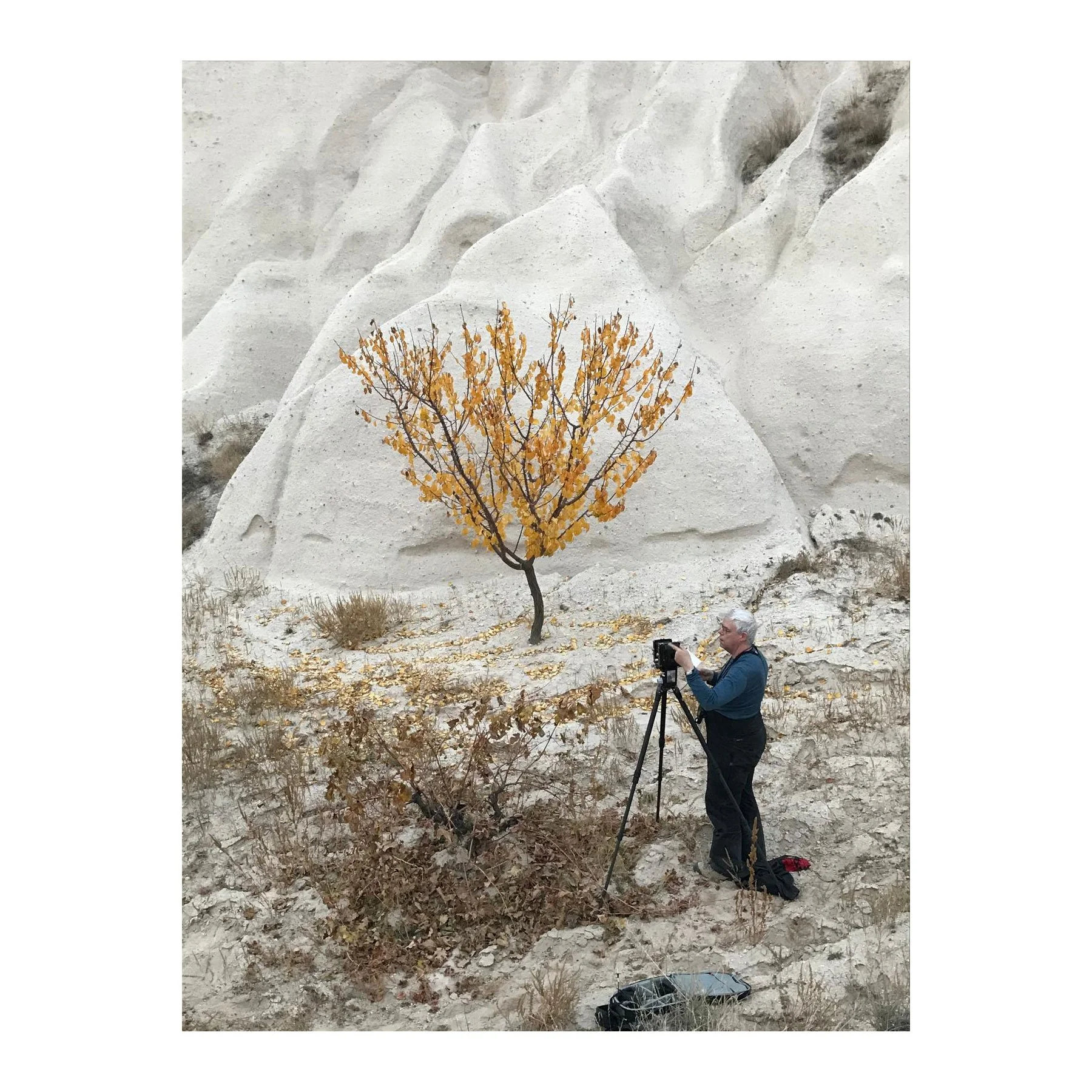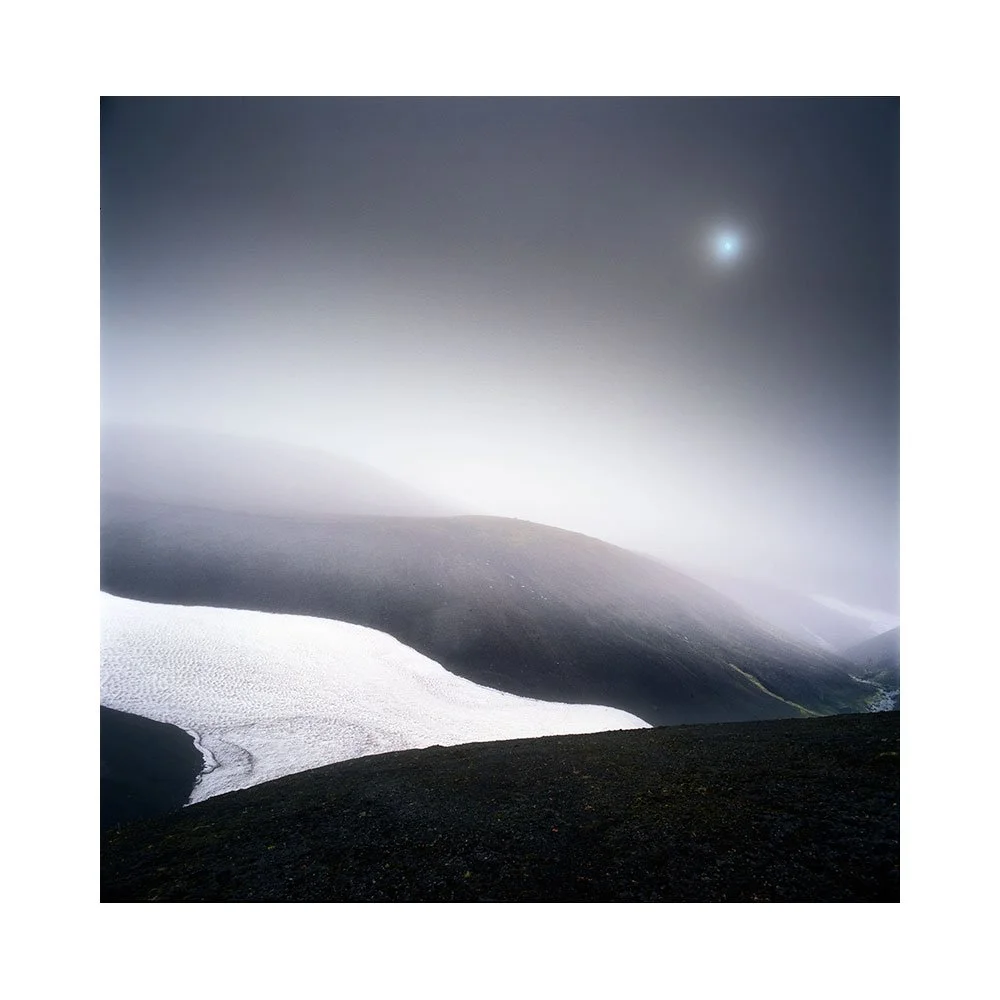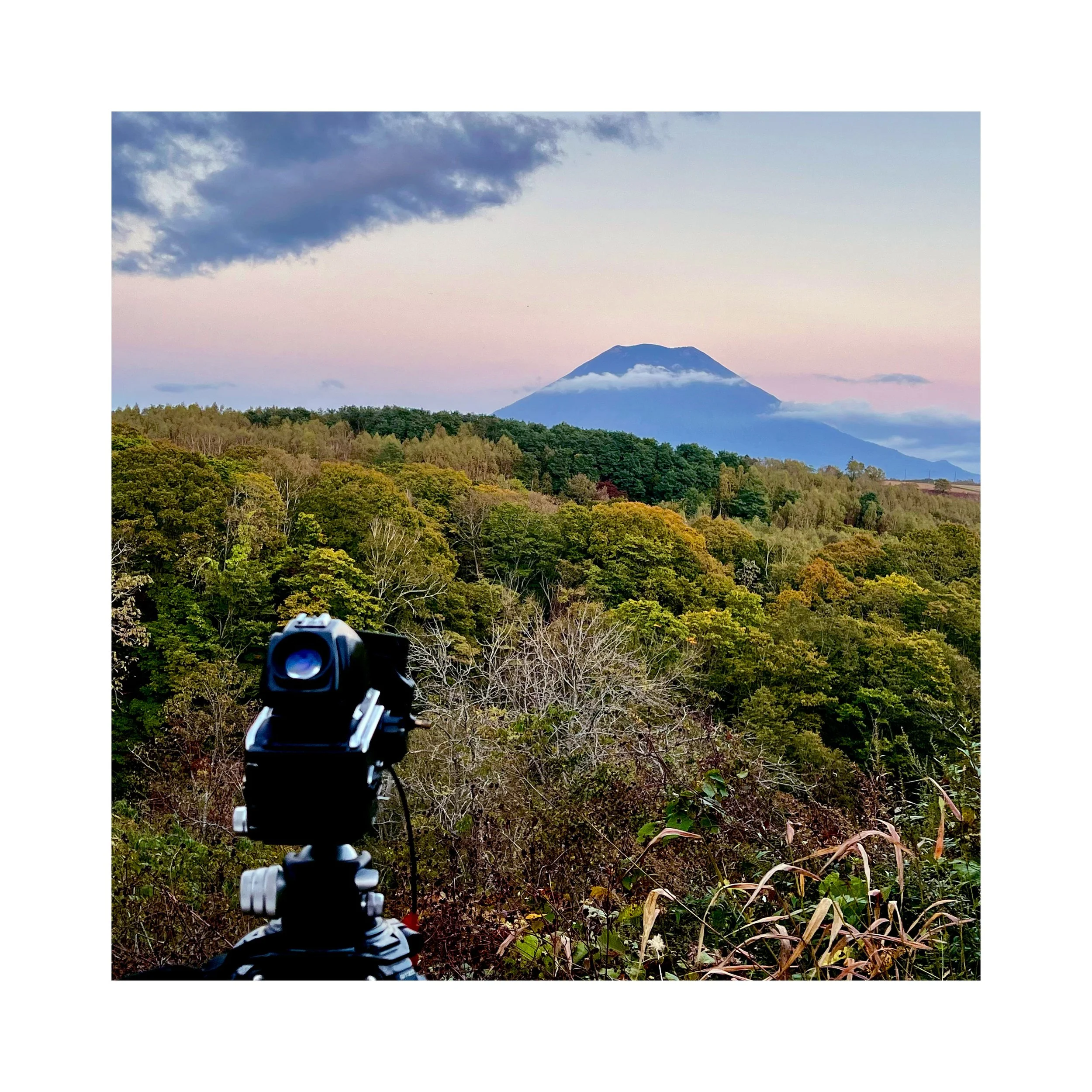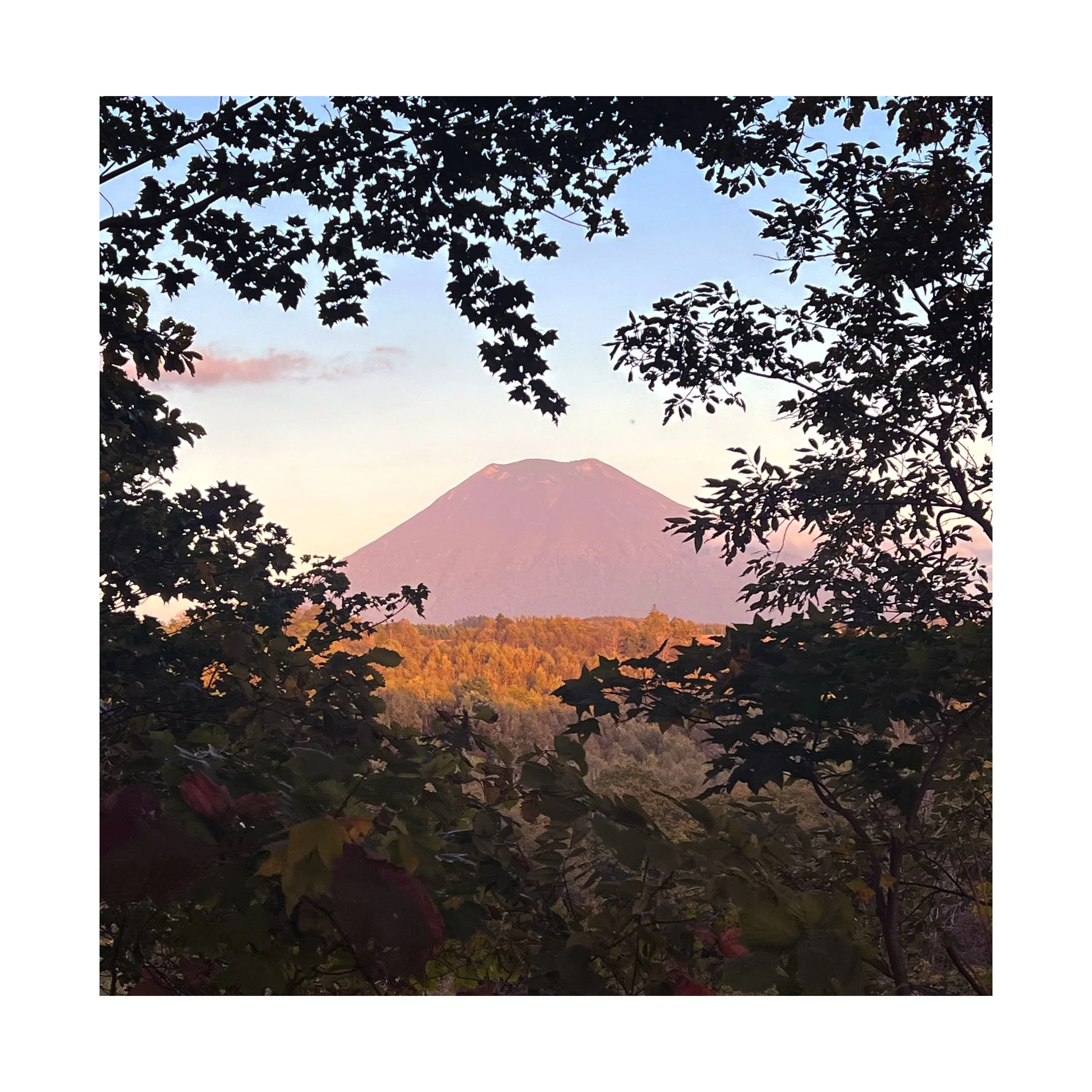“every time I’ve compromised, I’ve always regretted it”
Listening to an interview with Kate Bush tonight from the early 90’s recounting her writing the ‘Hounds of Love’ album. She talks about the track ‘Running up that Hill’, and how it was supposed to be titled ‘A deal with God’, but had resistance from her record label. Apparently she’s always regretted the compromise.
For me, it was her statement “every time I’ve compromised, I’ve always regretted it” that really jumped out at me.
I have always sensed through interviews with Kate Bush, that she is someone who trusts her instincts, and has very strong views about what she’s doing. Uncompromising may be the best way of saying that, and yet, when you do say it, it comes pre-loaded with conotations of being difficult. Which is a shame, because I think when you know what you want, and strive to convey it, that takes a lot of courage, bravery, and vision.
And intuition.
Artists, need to have intution. They all have it, but I’m not sure that all of them utilise it. It’s your responsibility to work on your own intuition as a photographer.
What I got most out of this interview with Bush was that you should really defend your art. No one else is going to protect it, or look after it more than you will.
So it’s really your job to look after what you do. And you can only do that if you have the utmost respect for yourself and what you do. If you don’t believe in yourself, or your own work, then you can’t really expect others to.
Respect for your work, must start with you.


















